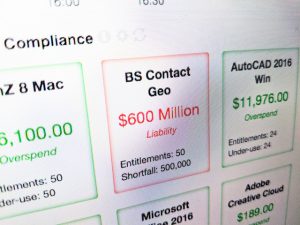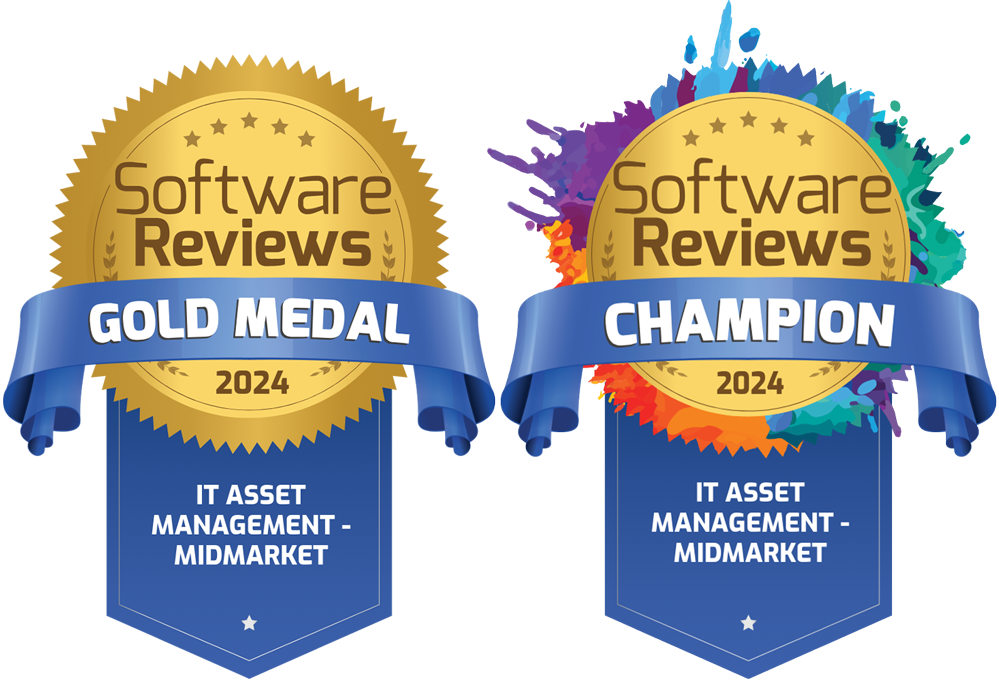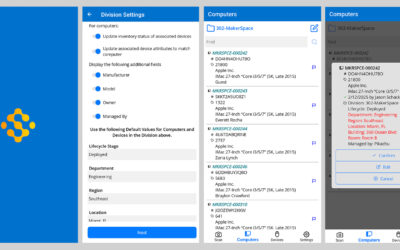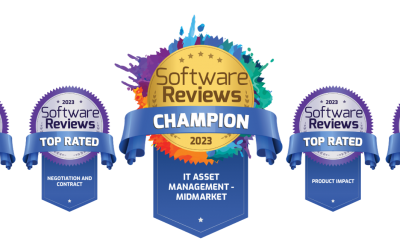US Navy Allegedly Pirates Over Half a Billion Dollars Worth of VR Software


Without a Software Asset Management product monitoring installation and usage of software, comparing them to entitlement counts using the correct metric, it can be nearly impossible to remain in compliance with publishers’ terms and conditions. And although it’s the government’s job to enforce contract law—and it has been particularly aggressive in doing so over the past few years—that doesn’t mean it always follows the law or effectively manages its own software usage in accordance with licensing limits.

As reported by TechWorm, the US Navy is in hot water over what may be one of the largest breaches of software licensing in history, in terms of sheer quantity. A complaint filed by the German company Bitmanagement, makers of “BS Contact Geo” a 3D geographic visualization (virtual reality) application, alleges that the US Navy pirated over $600,000,000 worth of software by installing it onto 558,466 computers without authorization. According to the complaint:
Even as it negotiated with Bitmanagement over the proposed large-scale licensing of its product, the Navy was simultaneously copying and installing that software, without Bitmanagement’s advance knowledge or authorization, on a massive scale.
The details of the case are as entertaining as they are terrifying—to think that even the federal government of the United States could unintentionally make itself liable for potentially over half a billion dollars worth of VR software, all because of one uninformed decision, goes to show how easy it could be to accidentally sink your own license compliance battleship. What is particularly interesting though, is that the mistake was a simple misunderstanding about the appropriate licensing metric for this software. The Navy believed that it had a concurrent use license for 100 entitlements – in which case the number of installs is entirely irrelevant – the critical part is simply to ensure that the limit of 100 copies running it once is never exceeded. This can be done either with the internal tracking code provided by the software manufacturer, or by third-party license management software like KeyServer.
In this case, however, not only was no one tracking usage to avoid the concurrent use overages, but that wasn’t even the correct metric. Now the Navy is learning the hard way the difference between Concurrent Use and Node licensing metrics, not to mention how important it is to know what you own, track what you install, and don’t use more than you are entitled to.
According to the Navy, it was all a misunderstaning. Have they heard the FBI’s opinion of that excuse? Bitmanagement sees it another way:
Over time, however, it became clear that the Navy had no intention to pay Bitmanagement for the software it had copied without authorization, as it declined to execute any license on a scale commensurate with what it took.
KeyServer can’t stop a rogue admin from pushing out millions of dollars of software without paying for it, but it can help you locate software that shouldn’t be installed open your network, and identify areas where you are out of compliance with the terms and conditions of your licensing contracts. Policy-based license enforcement can automatically manage usage limits by blocking the launch of software when it would represent a breach of contract. Audit reports can be used to identify unauthorized installations, and Usage and Compliance reports, when compared to entitlement metrics, can tell you what your potential liability could be if you were audited.
Author: Jason Schackai
Training and implementation specialist by day, user experience designer by night, Jason helps users learn the ropes of Sassafras, while mining their difficulties for ways to improve the product. As his father once told him: “Join me, and I will complete your training. With our combined strength, we can end this destructive conflict and bring order to the galaxy!”
Site Search
Documentation Search
Categories

Social
Subscribe
| Thank you for Signing Up |






